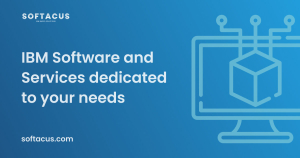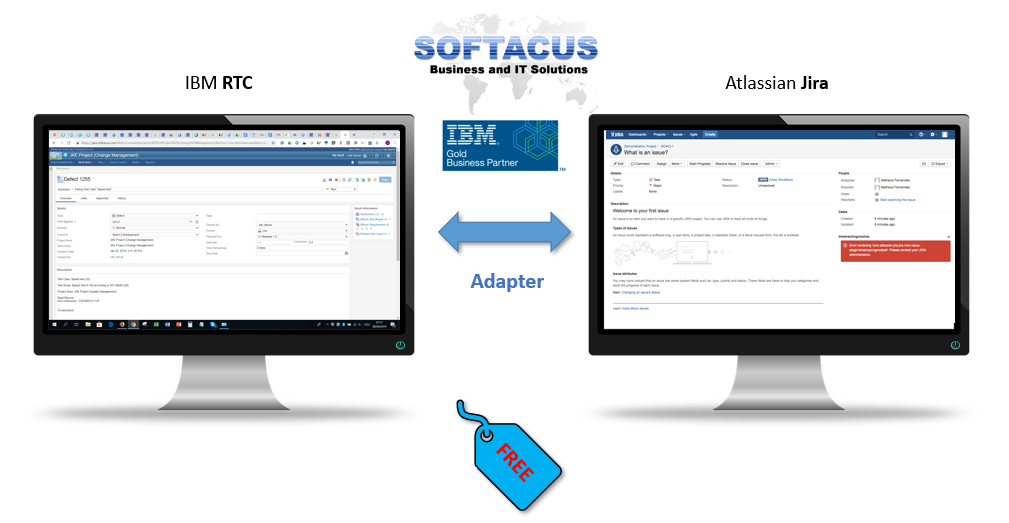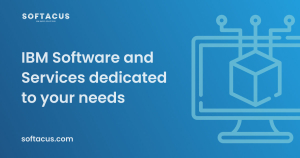Displaying items by tag: system
IBM currently provides world-class tools at both ends of the spectrum. This weminar will deal with how key integration points can be established between IBM tools and third-party solutions within your current ecosystem.
IBM Engineering Lifecycle Management (ELM) is the leading platform for today’s complex product and software development. ELM extends the functionality of standard ALM tools, providing an integrated, end-to-end solution that offers full transparency and traceability across all engineering data. From requirements through testing and deployment, ELM optimizes collaboration and communication across all stakeholders, improving decision- making, productivity and overall product quality.
Presented by:
Rick Doull
IBM Business Partner – Island Training Solutions
Morgan Brown of IBM
Worldwide Engineering Ecosystem Sales Lead
Mithun Katti of IBM
Product Manager, IBM Application Integration
Location
Overview
EWM/JIRA Integration Adapter is multi-component software that provides on-fly synchronization of data between IBM Engineering Workflow Management and Atlassian JIRA systems. The solution is very flexible and can be adapted for almost any system with out-of-the-box or custom realizations.
The data exchange is based on the exchange by sync messages. The source system produces such messages as a result of user actions and the integrated system imports the messages making necessary data transformations and updates within. EWM/JIRA Integration Adapter is software that brings data exchange capabilities to the systems.
You can integrate systems in a one-to-many way. The simplest case when two systems can be synchronized. As well as a single system can be synchronized with several others when any data change will be processed for one or for a number of linked systems.
Features

Change Management
Version Control And Configuration Management
But the force of Rational Team Concert is especially perceptible when you apply the tool for managing the versions of whole repositories but not single files only. You will save your artifacts in one or many components, fix the status of the components with snapshots and baselines. As a result of this, you will be able to restore the state of your project to a point how it was any time before. The flexibility of streams allows you to develop the software products in parallel, start any research where the results aren't clear still and avoid mixing them with the project artifacts, urgently fix any defects in the final phase of testing, and continue the development in parallel without any breaks and unexpected impacts.








